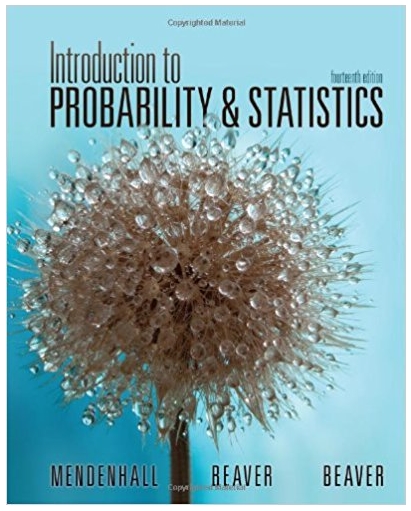On Wednesday, January 27, 1988, the front page of the New York Times read, Heart attack risk
Question:
-1.png)
-2.png)
To account for unequal sample sizes, the British study reported rates per 10,000 subject-years alive (given in parentheses).
1. Test whether the American study does in fact indicate that the rate of heart attacks for physicians taking 325 mg of aspirin every other day is significantly different from the rate for those on the placebo. Is the American claim justified?
2. Repeat the analysis using the data from the British study in which one group took 500 mg of aspirin every day and the control group took none. Based on their data, is the British claim justified?
3. Can you think of some possible reasons why the results of these two studies, which were alike in some respects, produced such different conclusions?
Step by Step Answer:

Introduction To Probability And Statistics
ISBN: 9781133103752
14th Edition
Authors: William Mendenhall, Robert Beaver, Barbara Beaver





